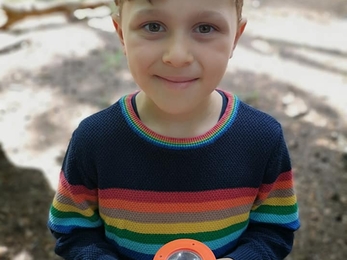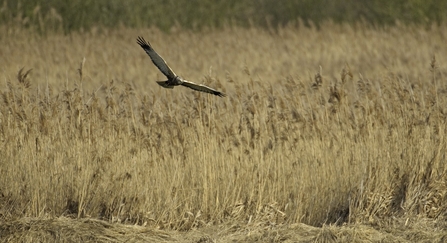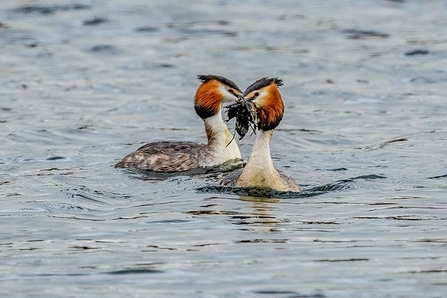By Sophie Mayes
Why not bring your own bug pot or you can pop into the shop which is open 10am-3.30pm and pick one up. Alternatively become a family member when you arrive, and you will be given a children’s bug hunting kit that is ready to go on an adventure with you. Before you set off don't forget also to head to our website where you can download and print our spotter sheets and marvellous minibeast trail sheet! The marvellous minibeast trail is on the blue route and is a gentle route accessible for everyone!




